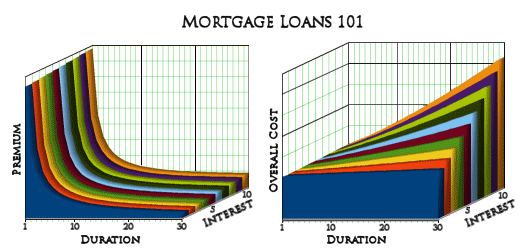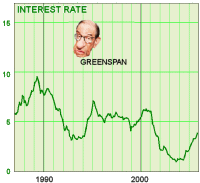Lack of proper mortgage paper trail could leave big banks reeling again
Washington Post
By Ariana Eunjung Cha and Jia Lynn Yang
October 13, 2010The federal government’s pressure on lenders Wednesday to fix the paperwork problems plaguing foreclosures left unaddressed a far greater potential threat facing the financial system and the U.S. economy. Beyond sloppy documents, the foreclosure debacle has exposed one of Wall Street’s little-known practices: For more than a decade, big lenders sold millions of mortgages around the globe at lightning speed without properly transferring the physical documents that prove who legally owned the loans.
Now, some of the pension systems, hedge funds and other investors that took big losses on the loans are seeking to use this flaw to force banks to compensate them or even invalidate the mortgage trades themselves. Their collective actions, if successful, could blow a hole through the balance sheets of big banks and raise fundamental questions about the financial system, financial analysts and a lawmaker said. If judges rule in favor of such lawsuits, "it could be 2008 all over again," said Josh Rosner, managing director at Graham Fisher & Co., referring to the Wall Street meltdown that occurred after Lehman Brothers collapsed.
Financial and legal analysts are divided over how the ownership questions will be resolved and the scope of the potential damage. Lenders and investigators are in the midst of a painstaking process of unraveling the complex chain of loans that were sold from one party to another, a process that some analysts say could take years.
Of the nearly $11 trillion in mortgages in the United States, about two-thirds was turned into securities that were traded around the globe…However, local laws in most states dictate that each time a mortgage changes hands, the transaction needs to be recorded in courts or county offices. But the speed with which the loans were being generated during the housing boom and then pooled together and passed around Wall Street meant that big financial firms took shortcuts, consumer lawyers said. Often the proper paperwork got lost or was passed along without being filled out, lawyers say. Some documents have been found retroactively signed or even forged.
"It now appears that in many cases: 1. the paperwork was not properly transferred and 2. it is unclear in many cases where the actual paperwork actually rests today," Citigroup Global Markets analyst Josh Levin wrote in a note to investors this week. Some analysts doubt whether the consequences will be dire. "Does it call into question all securities?… If they rule that the securitization process muddied the ownership of the loans, "then basically the whole thing winds down," said Debash Chatterjee, senior vice president at Moody’s…

 Loans yield profit money when Interest Rates are high – a lot more money [right graph]. Why did they tolerate the Fed keeping Interest Rates so low for such a long time? I guess it’s sort of related to the obvious question, "Why did they make so many risky loans? Now we all sort of know the answer to those questions. They sold the loans [and the risk] the day after the papers were signed. And what the Mortgage Lender got for the loan depended on the loan’s parameters and the assessment of risk. So things had changed, and I think that has something to do with Greenspan keeping the Interest Rates so low. Essentially, the Banks had found another way to make their profit. They just didn’t need high Interest yields anymore.
Loans yield profit money when Interest Rates are high – a lot more money [right graph]. Why did they tolerate the Fed keeping Interest Rates so low for such a long time? I guess it’s sort of related to the obvious question, "Why did they make so many risky loans? Now we all sort of know the answer to those questions. They sold the loans [and the risk] the day after the papers were signed. And what the Mortgage Lender got for the loan depended on the loan’s parameters and the assessment of risk. So things had changed, and I think that has something to do with Greenspan keeping the Interest Rates so low. Essentially, the Banks had found another way to make their profit. They just didn’t need high Interest yields anymore.All this traffic in loans [called securitization above] changed the incentives. The way for a lender to make money in the new system is to make lots of loans, and minimize the risks when selling them. In fact, there were lots of levels on the way to the final CDO, and at every level, there was a temptation to increase profits by minimizing the risk. And that’s what they all did. In everyday parlance, what was incentivized is called fraud. How a system that incentivizes fraud can be called securitization is beyond my comprehension. Now we hear that along with the fraud, there was widespread sloppiness with paperwork such that they can’t even come up with who owns the loan anymore, and that the paperwork that was done was inadequate – bordering on absent. How a system that incentivizes sloppiness can be called securitization is beyond my comprehension.
Sorry, the comment form is closed at this time.